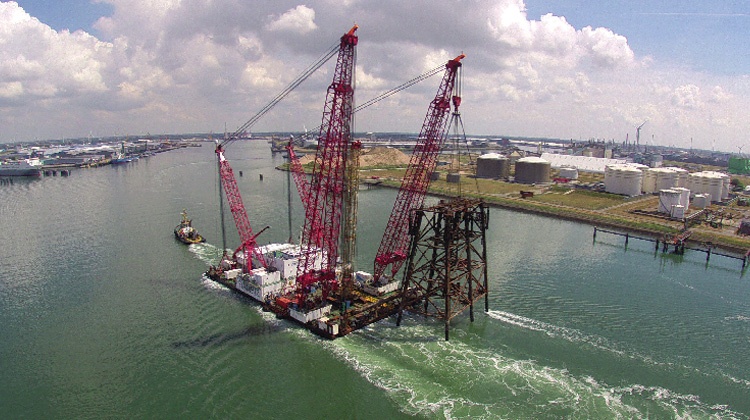
Six hundred oil and gas installations, five thousand wells and ten thousand kilometres of pipeline. Over the past decades, the oil and gas infrastructure in the North Sea has grown extensively in order to produce forty two billion barrels of oil since 1964. Many of the platforms however, have been operational for close to forty years and are fast approaching the end of their intended lifespan, which is why the decommissioning industry is expected to boom over the next couple of years.
Operators cannot extend the life of their assets indefinitely. At a certain point in time, infrastructure will need to be removed, which is why decommissioning is required by law. And so, over the next couple of decades, a large number of redundant installations, including sub-sea equipment fixed to the ocean floor, will be taken out of service and decommissioned. These platforms range from smaller structures in the southern North Sea that are similar in size to the Big Ben, to much heavier and simply enormous concrete or steel structures in the northern North Sea that are as big as the Eiffel Tower.
A long game
With around 90% of North Sea assets yet to be decommissioned, we are looking at a timeline of over 40 years. It is a long game. Moreover, decommissioning is not an isolated project. It is a series of complex activities requiring expertise and specialist skills. For the decommissioning to happen as efficiently and as cost-effectively as possible in the long term, it’s important that organisations have the necessary support to make good decisions in the Late Life phase. Decisions that take into account the impact on the environment and the health and safety of workers involved.
The toolkit
To ensure the industry has effective tools and support for this phase, Decom North Sea recently developed and launched the Late Life Planning Portal (L2P2). It forms the ultimate decommissioning toolkit: a repository for lessons learned, a forum for discussion and a gateway to contacts, analytics and market intelligence. The toolkit aims at providing the fundamental support needed to achieve the overarching objectives of efficiency, simplification, standardisation and cooperation
Recycling
The decommissioning of the many assets at sea provides a wealth of recyclable materials. Case in point: of the materials reclaimed in the decommissioning of four platforms in the Brent field, an estimated 97% can be recycled. With the number of decommissioning programs fast increasing, the question of how to best make use of those assets is also receiving more and more attention.
